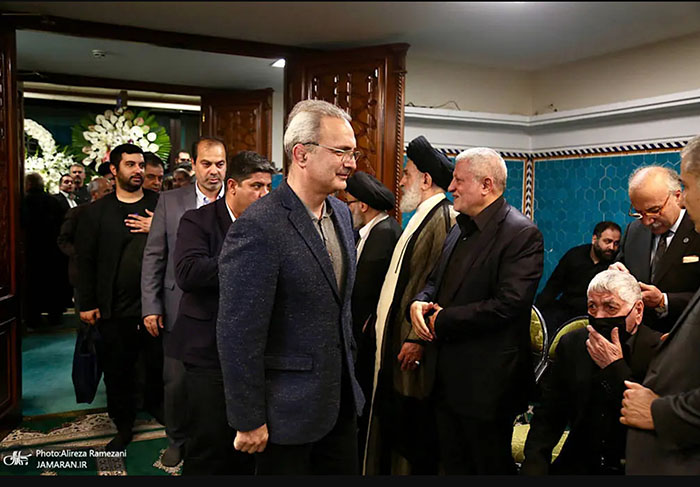Akbar Hashemi Rafsanjani: Architect of Post-Revolution Iran
Akbar Hashemi Rafsanjani, born Akbar Hashemi Bahramani on September 2, 1934, in Bahraman village in the Kerman province of Iran, was a towering figure in the political history of the Islamic Republic. A cleric, revolutionary, policymaker, and pragmatic politician, Rafsanjani played a pivotal role in the establishment and evolution of the Islamic Republic of Iran from the 1960s until his death on January 1, 2016.
Early Life and Education
Rafsanjani was born into a wealthy pistachio-farming family. Despite his rural background, he was sent to Qom to receive a religious education at an early age. There, he studied under some of the most prominent religious scholars of the time, including Sayyed Ruhollah Khomeini, the future leader of the Islamic Revolution. His religious training did not isolate him from modern ideas; Rafsanjani showed a keen interest in politics, philosophy, and history, which influenced his reformist and pragmatic approach in later years.
During the 1960s, Rafsanjani emerged as a close ally of Ayatollah Khomeini. He became actively involved in the opposition to the Pahlavi monarchy, particularly against the White Revolution reforms initiated by Mohammad Reza Shah, which aimed to modernize the country but were perceived by many clerics as anti-Islamic and authoritarian. Over the years, Rafsanjani was arrested and imprisoned multiple times—reportedly seven—by SAVAK, the Shah’s intelligence service, for his political activism.

